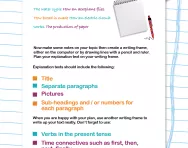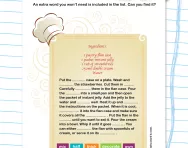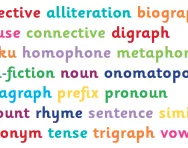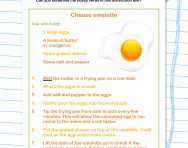Important update from TheSchoolRun
For the past 13 years, TheSchoolRun has been run by a small team of mums working from home, dedicated to providing quality educational resources to primary school parents. Unfortunately, rising supplier costs and falling revenue have made it impossible for us to continue operating, and we’ve had to make the difficult decision to close. The good news: We’ve arranged for another educational provider to take over many of our resources. These will be hosted on a new portal, where the content will be updated and expanded to support your child’s learning.
What this means for subscribers:
- Your subscription is still active, and for now, you can keep using the website as normal — just log in with your usual details to access all our articles and resources*.
- In a few months, all resources will move to the new portal. You’ll continue to have access there until your subscription ends. We’ll send you full details nearer the time.
- As a thank you for your support, we’ll also be sending you 16 primary school eBooks (worth £108.84) to download and keep.
A few changes to be aware of:
- The Learning Journey weekly email has ended, but your child’s plan will still be updated on your dashboard each Monday. Just log in to see the recommended worksheets.
- The 11+ weekly emails have now ended. We sent you all the remaining emails in the series at the end of March — please check your inbox (and spam folder) if you haven’t seen them. You can also follow the full programme here: 11+ Learning Journey.
If you have any questions, please contact us at [email protected]. Thank you for being part of our journey it’s been a privilege to support your family’s learning.
*If you need to reset your password, it will still work as usual. Please check your spam folder if the reset email doesn’t appear in your inbox.
What is an explanation text?

What is an explanation text?
An explanation text is a non-fiction text which describes a process, for example: the water cycle, how bees make honey or how a car is made.
Explanation texts: features
Explanation texts usually include these features:
- Written in the present tense, in formal language
- Text arranged into numbered points
- Sub-headings to separate sections of text
- Time connectives, such as: first, then, next, later, finally.
- Technical vocabulary (sometimes in bold), for example: if the text is about how a car is made, it may include words such as 'ignition', 'engine' and 'bonnet'
- Glossary to explain technical vocabulary
- Diagrams with labels
- Pictures with captions
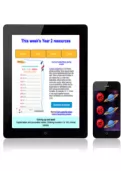

Boost Your Child's Maths & English Skills!
- Start your child on a tailored learning programme
- Weekly resources sent direct to your inbox
- Keep your child's learning on track
Here is an example of an explanation text:

How are explanation texts covered in primary school?
When starting a unit on explanation texts, a teacher will usually give the class a range of explanation texts to read.
They will discuss the above features and highlight them on the text. They may decide which text they prefer and be asked to give reasons for why they think it is better, for example: shorter sentences make it easier to understand, eye-catching pictures, better layout, etc. The point of these exercises it to get children familiar with the kind of language used in explanation texts and also show them how these texts are set out.
The next step may be for children to be given a process to focus on.
Often, a teacher will choose something that is in keeping with the topic being studied that term, or this writing may coincide with a design and technology project or a science experiment. For example: children may be asked to research how William Morris produced his prints, or how a musical instrument is made, or how pollination occurs. It is always helpful if children can have a real-life experience to support their learning, so a school trip to a museum or some kind of outdoor activity ensures that they are more engaged in this task and it is more meaningful to them.
Teachers often ask children to carry out verbal activities before they start writing, so they may ask the children to explain verbally what goes on in the particular process they are focusing on. This could take the form of a pair of children pretending to be television presenters, explaining the process to the whole class.
Children will then be asked to write the first draft of their explanation text, paying attention to the above features. There will then be a process of re-drafting where teachers will either mark the work themselves, adding comments to help improve it, or encourage the children to pair up and provide each other with guidance on how to improve each other's work.
When children come to write up their work in neat, they will also need to concentrate on layout and making their text as eye-catching as possible. They may be given the opportunity to use a computer to print off pictures and words with interesting fonts, or they may produce the whole text using a computer.




